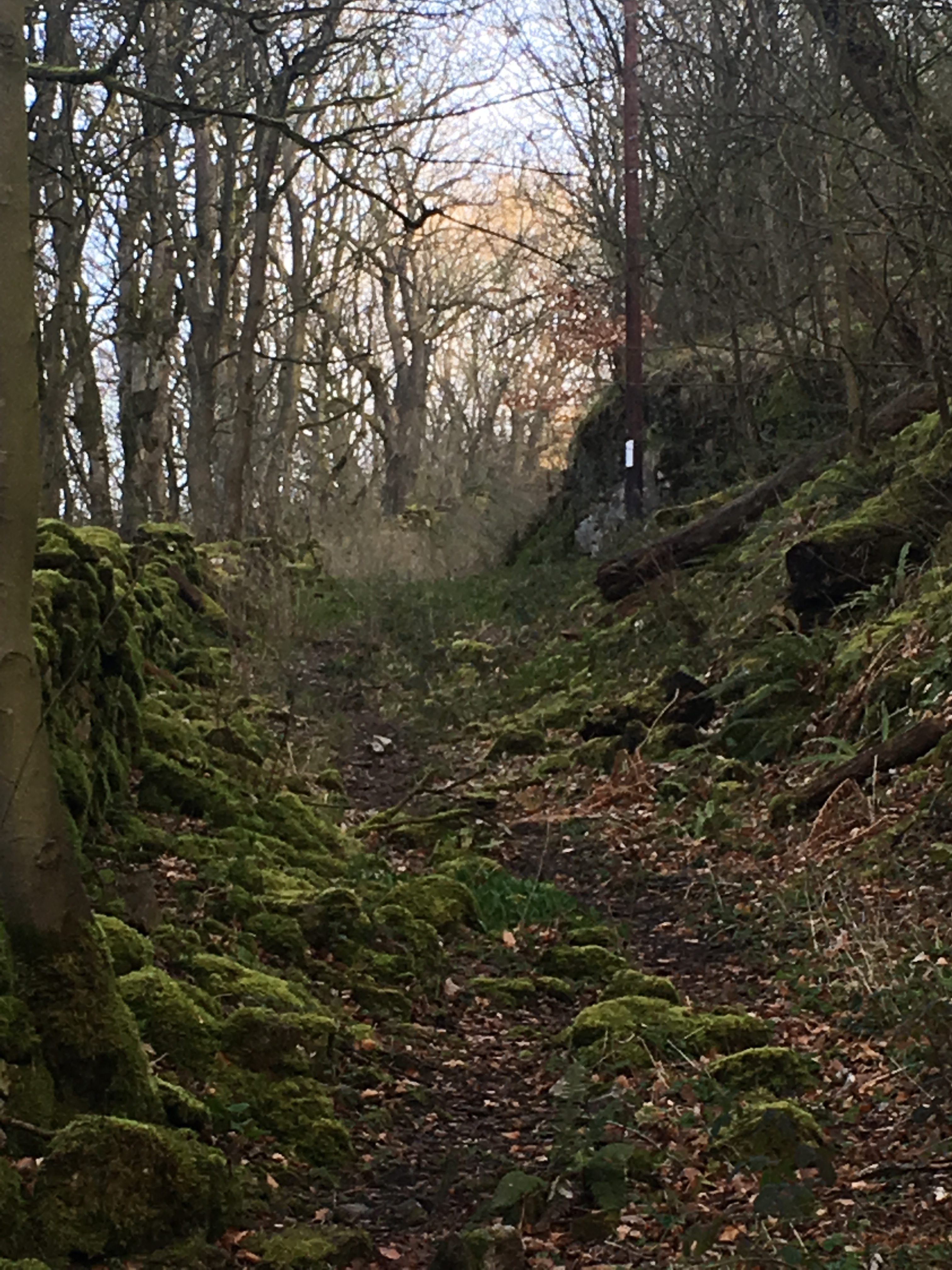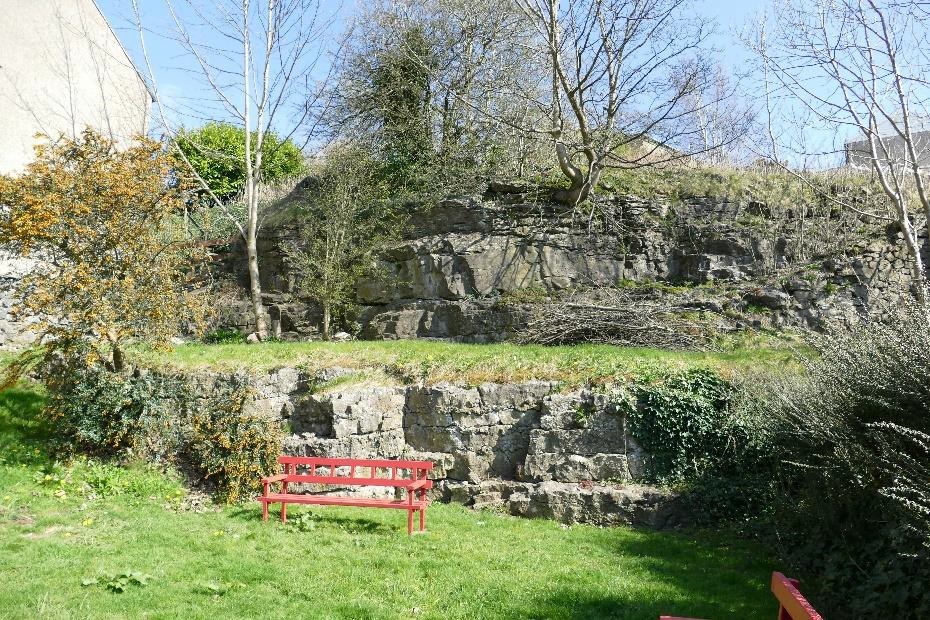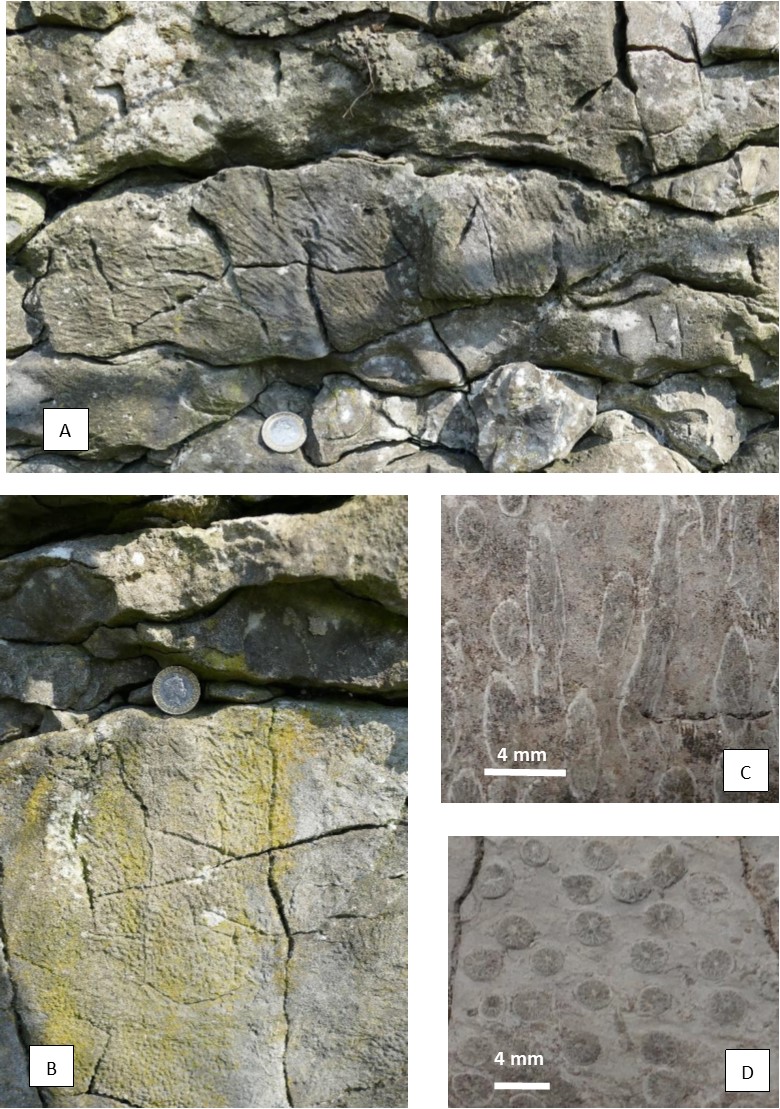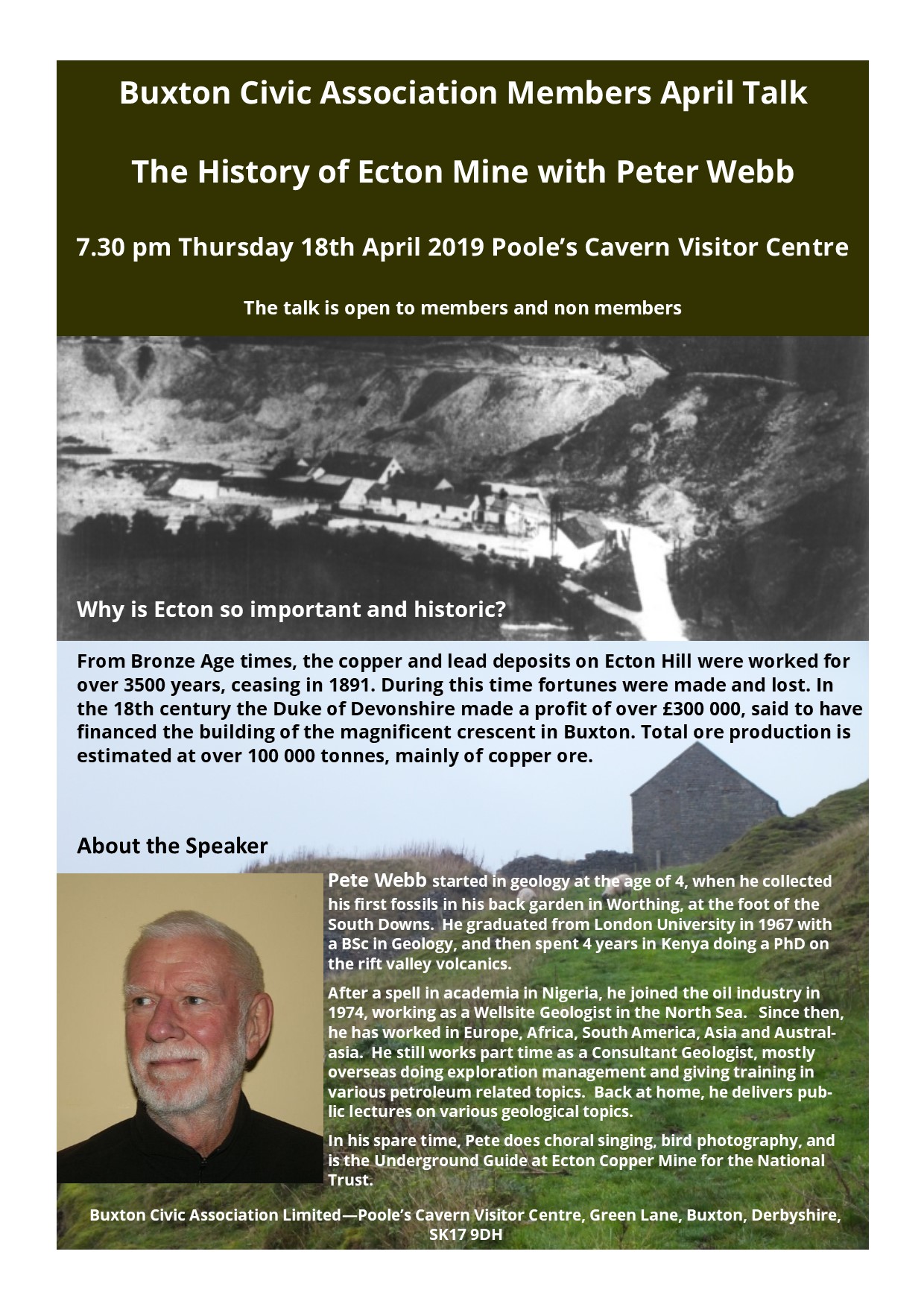Planning Application - HPK 2019/0088 White Knowle Road
Buxton Civic Association (BCA) is a registered charity established to preserve Buxton’s natural and formal landscape. The Association has a large active membership from the local community. BCA is commenting on the planning application for outline planning permission for land adjacent to White Knowle Road HPK 2019/0088.
Comments
BCA notes that the site has a long history of planning applications and outline applications being made, all of which have been refused. The most recent application, which was refused by HPBC, was appealed. The appeal was refused by the Planning Inspector who upheld the decision by HPBC to refuse the planning application.
Applications for the site have been made in the following years:
1982, 1983, 1990, 1993, 2007, 2014 & 2015.
HPBC refused the most recent planning application (HPK 2015/0260) dated 29/6/2015 for the following reasons:
1. The development proposed would be detrimental to the character and appearance of London Road and the visual qualities of the adjoining open countryside to the detriment of the visual characteristics of the wider landscape and contrary to Policies OC1 and GD4 of the High Peak Saved Local Plan 2008; Policy EQ5 of the High Peak Local Plan (Submission Version) 2014; and Para 17 and Section 11 of the National Planning Policy Framework.
2. The layout and form of the development proposed, including plot ratios and footprint of the dwellings is out of character with the neighbouring properties and does not contribute to local distinctiveness. This results in an incongruous form of development which will be detrimental to the visual qualities of the locality and views from the wider countryside to the south and west. The development is thus contrary to Policies OC4, GD4 and H11 of the High Peak Saved Local Plan 2008 and Policies EQ2 and EQ5 of the High Peak Local Plan (Submission Version) 2014 as well as Section 7 of the National Planning Policy Framework.
The Planning Inspector dismissed the appeal for the application made in 2015 (HPK 2015/0260). In summary the Planning Inspector stated that the proposed development harmed the street scene of London Road and the character and appearance of the countryside significantly outweighing any benefits of the scheme.
BCA objects to this application taking into account the decision of HPBC in relation to the previous refusal and the decision of the Planning Inspector for the following reasons:
1. The outline planning application harms the street scene of London Road. It also significantly damages the character and appearance of the countryside. This outweighs any potential benefits the scheme may make.
2. The proposal does not comply with the policies of the High Peak Local Plan and the National Planning Policy Framework as stated in the refusal/determination by HPBC and Planning Inspector on the previous application.
3. A number of residents on White Knowle Road object to this application and have submitted their detailed objections. It is noted that the proposed development is fundamentally at odds with the existing character of the area. The outline proposal relates poorly to the distinctive residences along White Knowle Road and does not conform to the Local Plan which HPBC has adopted.




